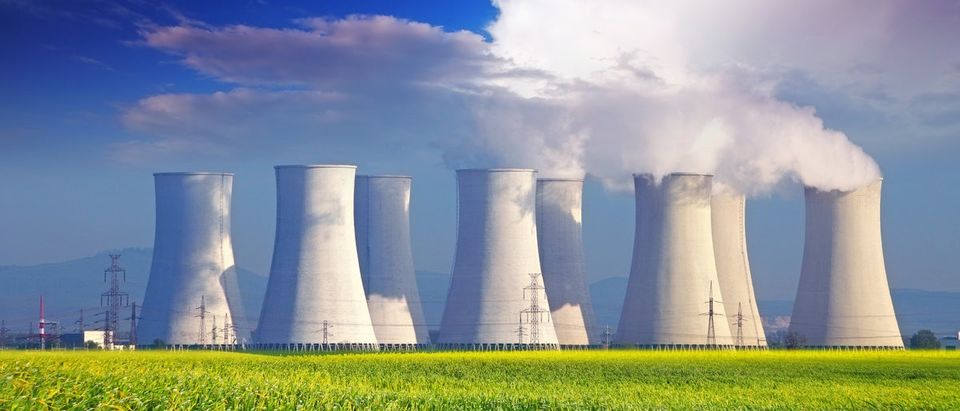Nuclear power plants have far less environmental impacts than any other energy source, according to top International Atomic Energy Agency (IAEA) officials.
IAEA officials also said nuclear power is more sustainable than wind or solar because waste is fully accounted for and plans to decommission plants exist before reactors are even built.
“As for the future, [nuclear power plants] NPPs and nuclear sites are the most sustainable energy sources in terms of environmental impact — of course, if there are no nuclear disasters,” Mikhail Chudakov, deputy director of the IAEA, said at the conference in Moscow.
“But even with disasters, if we divide them by years of operation (making allowance for Fukushima and Chernobyl disasters), then the environmental and human health impact will be minimal for such an energy source as NPP, in contrast to coal and other power plants,” Chudakov said.
Chudakov stated that 7 million people die annually of diseases connected to the coal power industry, whereas nuclear power is statistically by far the safest form of power. He also stated that nuclear power has environmental benefits as it reduces carbon dioxide (CO2) emissions.
Environmental groups have always heavily lobbied against nuclear power, but it seems doubtful they’ll be able to continue increasing the cost of nuclear plants and creating artificial delays in construction. Organizations like The Sierra Club, still oppose nuclear energy as they believe it leads to “energy over-use and unnecessary economic growth,” but new pro-nuclear environmental groups, like the Breakthrough Institute, are growing in stature.
Nuclear power provides about 63 percent of America’s CO2 free power. A single nuclear reactor can prevent 3.1 million tons of CO2 emissions annually.
The Economist calls nuclear energy “the most cost-effective zero-emission technology.” The Wall Street Journal agrees that “[if] the world intends to address the threat of global warming and still satisfy its growing appetite for electricity, it needs an ambitious expansion of nuclear power.”
Attempts to reduce usage of nuclear power in other countries caused CO2 emissions to rapidly increase.
Germany’s government decided to abandon nuclear energy after the Fukushima Daiichi nuclear disaster in Japan galvanized opposition. Recent attempts by Germany to increase use of solar and wind power while decreasing nuclear power actually caused CO2 emissions to increase. Nuclear power’s decline in Germany created an opening for coal power, as the country needs to rely more heavily on coal plants to cover the power demand in the evenings when “green” energy doesn’t produce much power.
Coal now provides 44 percent of Germany’s power, despite the fact that coal ash is actually more radioactive than nuclear waste. This shift caused Germany’s CO2 emissions to actually rise by 28 million tons each year after the country’s nuclear policy changed.
In 2000, nuclear power made up 29.5 percent of Germany’s energy. In 2015, the share dropped down to 17 percent, and by 2022 the country intends to have every one of its nuclear plants shut down.
The cost of replacing Germany’s nuclear power with wind and solar is estimated by the government to be over a trillion euros, without any assurances that the program will actually reduce CO2 emissions.
Send tips to andrew@
All content created by the Daily Caller News Foundation, an independent and nonpartisan newswire service, is available without charge to any legitimate news publisher that can provide a large audience. All republished articles must include our logo, our reporter’s byline and their DCNF affiliation. For any questions about our guidelines or partnering with us, please contact licensing@dailycallernewsfoundation.org.


